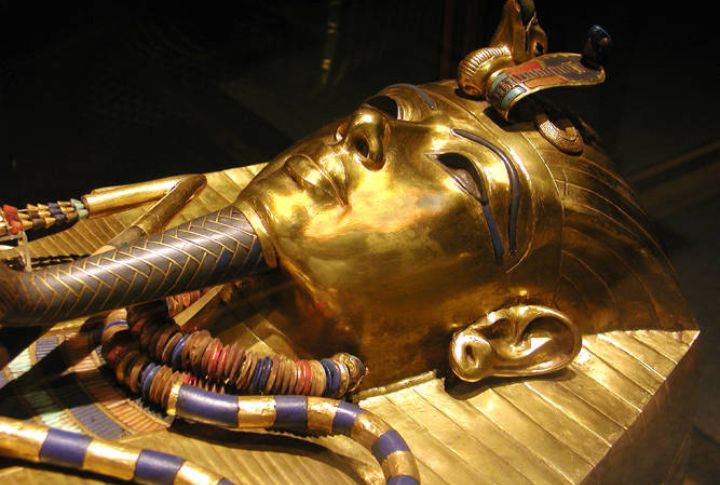
Imagine holding an object that once belonged to a pharaoh, a warrior, or a high priest thousands of years ago. These ancient artifacts are not just relics; they are storytellers that connect us to the lives and civilizations long gone. Each one gives us insight into cultures and beliefs that shaped history. Here are the 15 most fascinating historical artifacts that continue to intrigue, mystify, and inspire us today.
The Rosetta Stone
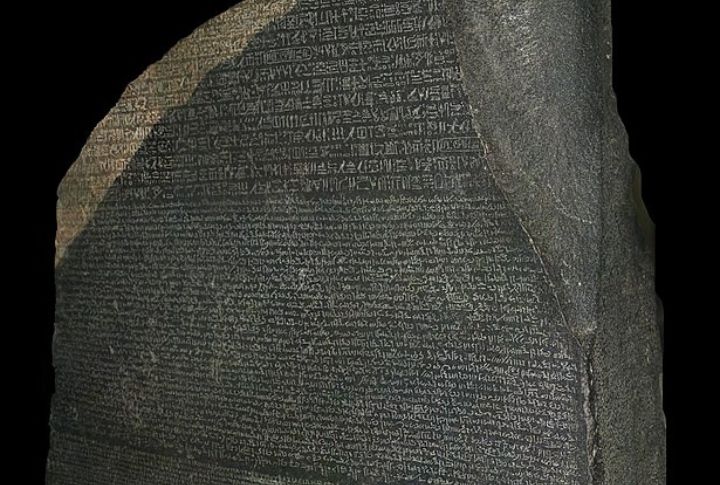
This granodiorite stele, discovered in 1799, is engraved with a decree issued around 196 BCE in Memphis, Egypt. What makes it extraordinary is its inscription in three scripts: Greek, Demotic, and hieroglyphs. This trilingual text was the key to deciphering Egyptian hieroglyphs, revealing the secrets of a civilization that had been silent for centuries. Today, it resides in the British Museum.
The Terracotta Army
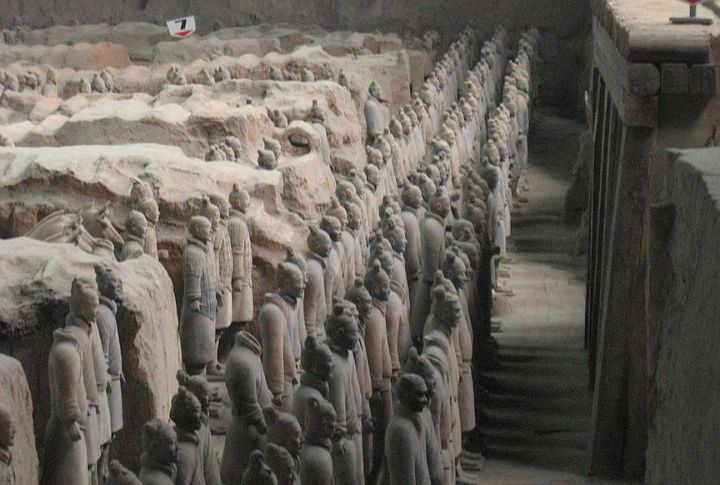
Buried near the tomb of China’s first emperor, Qin Shi Huang, the Terracotta Army consists of over 8,000 life-sized terracotta figures, including soldiers, horses, and chariots. Discovered in 1974, these sculptures date back to 210-209 BCE and were created to protect the emperor in the afterlife. Each figure is unique, showcasing the artistry and craftsmanship of ancient China.
The Mask of Tutankhamun
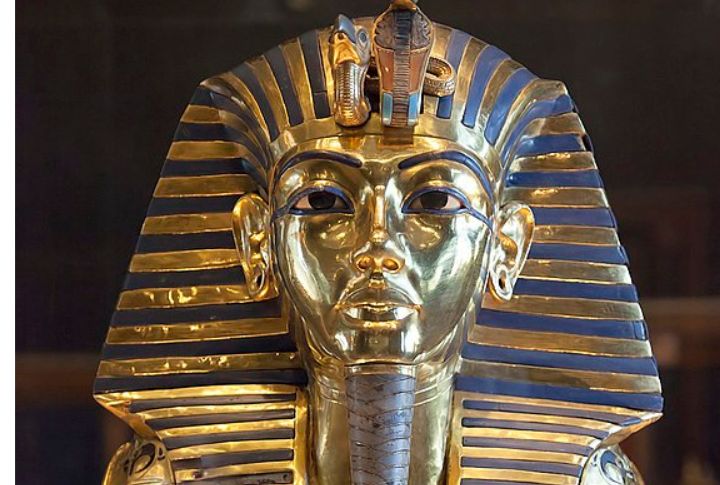
Howard Carter unearthed the gold death mask of the young pharaoh Tutankhamun in 1925. It is one of the most famous items from ancient Egypt. Made of gold and adorned with lapis lazuli and other precious stones, the 1323 BCE mask was designed to ensure the pharaoh’s safe passage into the afterlife. Its intricate design reflects the opulence of Egyptian royalty.
The Parthenon Marbles

Also known as the Elgin Marbles, these classical Greek sculptures were originally part of the Parthenon temple on the Acropolis of Athens, built in the 5th century BCE. They depict various mythological scenes and figures, showcasing the artistic excellence of ancient Greece. Currently housed in the British Museum, their controversial ownership continues to spark debates about cultural heritage and repatriation.
The Book of Kells
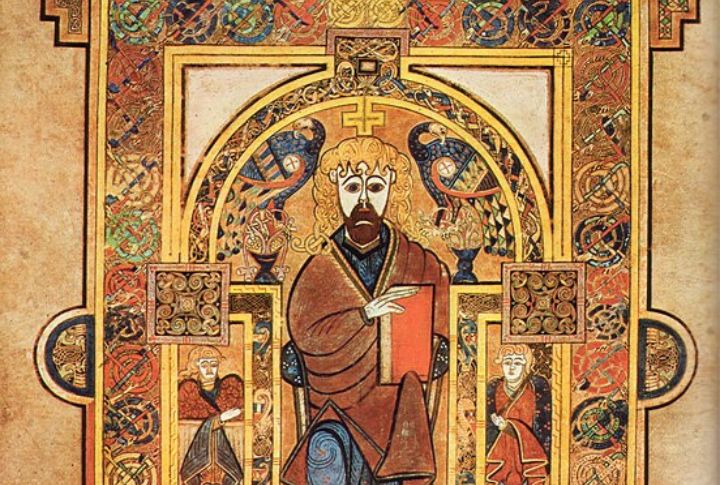
Created around 800 CE, the Book of Kells is an illuminated manuscript that has the four Gospels of the New Testament. Housed at Trinity College in Dublin, it is renowned for its intricate illustrations and vibrant colors. The manuscript reflects the skill of medieval Irish monks and serves as a significant artifact of early Christian art and culture.
The Great Sphinx of Giza
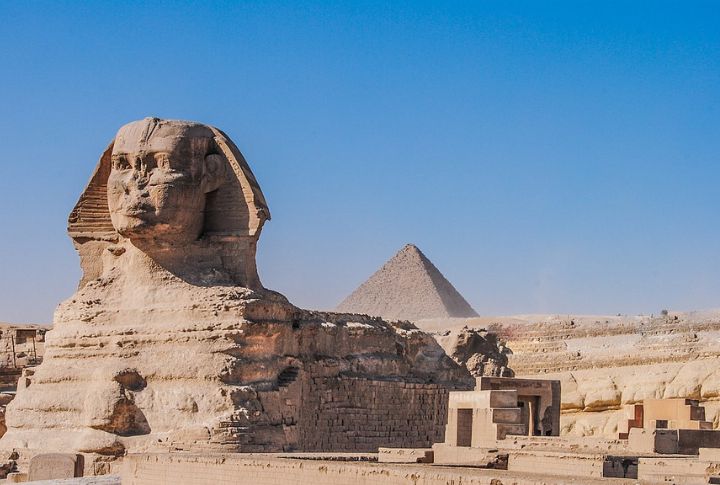
The Great Sphinx, with the body of a lion and the head of a pharaoh, is one of the most known symbols of ancient Egypt. Carved from limestone during the reign of Pharaoh Khafre around 2500 BCE, it stands guard over the Giza Plateau. Its purpose still remains a subject of debate, but it undoubtedly represents the power and mystery of ancient Egyptian civilization.
The Phaistos Disc
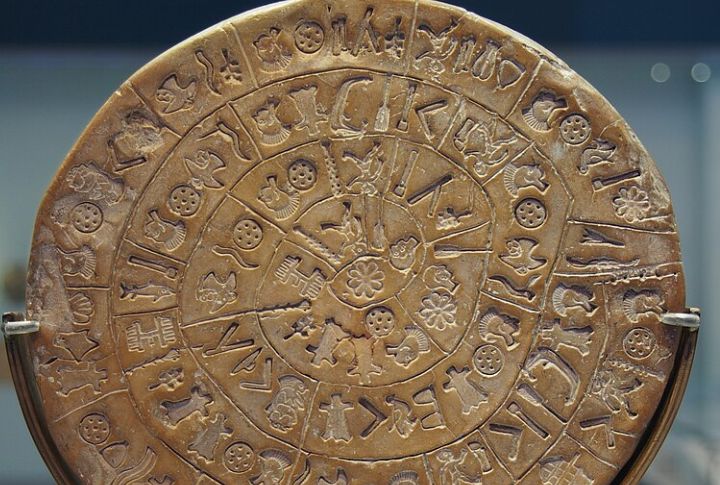
Discovered in 1908 on the island of Crete, the Phaistos Disc is a fired clay disc dating back to around the second millennium BCE. It features a unique script that remains undeciphered, making it one of the most enigmatic artifacts of the ancient world. The disc’s origins and purpose continue to intrigue scholars and enthusiasts.
The Antikythera Mechanism
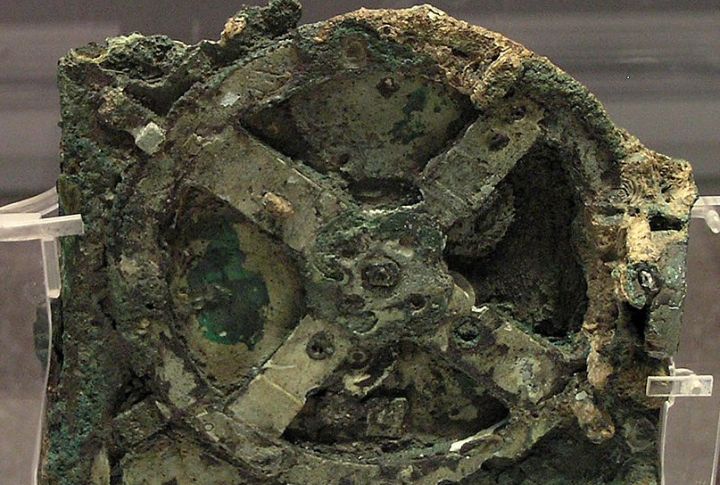
Discovered in a shipwreck off the coast of Antikythera, Greece, in 1901, this ancient analog computer dates back to around the 2nd century BCE. It was used to predict astronomical positions and eclipses for calendrical and astrological purposes. The complexity of its gears and mechanisms showcases the advanced technological understanding of the ancient Greeks.
The Dead Sea Scrolls
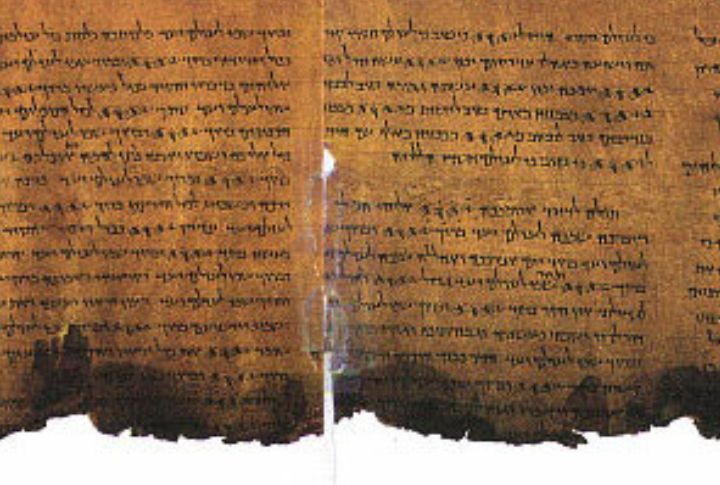
Found between 1947 and 1956 near the Dead Sea, these ancient manuscripts date back to the 3rd to the 1st century BCE. They include texts from the Hebrew Bible and other writings, providing invaluable insights into early Judaism and the historical context of Christianity. Most are housed in the Israel Museum in Jerusalem.
The Lewis Chessmen
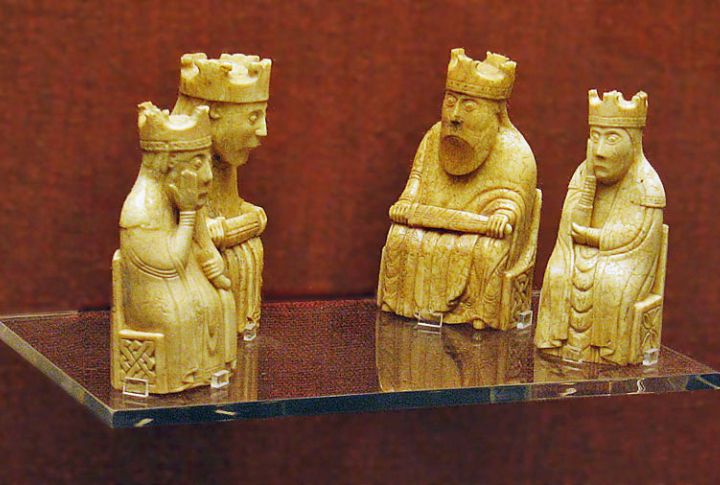
Dug open in 1831 on the Isle of Lewis in Scotland, the Lewis Chessmen are a set of 12th-century chess pieces made from walrus ivory and whale teeth. Each piece is intricately detailed and depicts warriors, kings, and queens. Their origin remains debated, but they provide a fascinating glimpse into medieval life and the popularity of chess in Viking culture.
The Moai of Easter Island
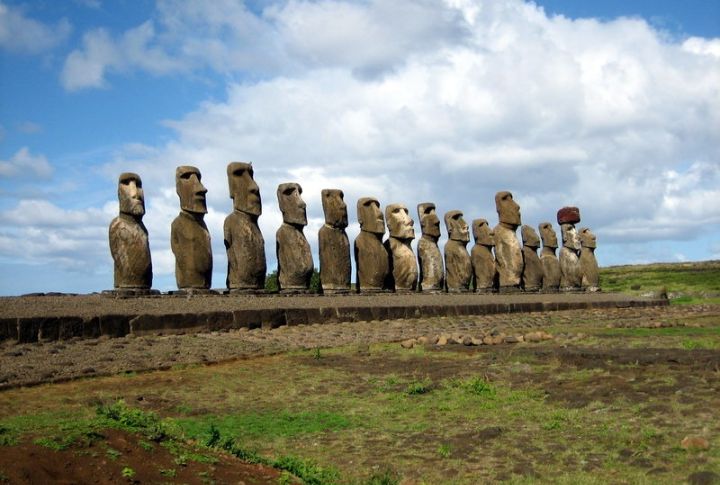
The Moai are massive stone statues carved by the Rapa Nui people of Easter Island between 1400 and 1650 CE. These monolithic figures, some weighing over 80 tons, are believed to represent ancestral figures and were placed on stone platforms called Ahu. The Moai stand as evidence of the ingenuity and artistry of the Rapa Nui civilization despite their mysterious purpose and the societal collapse that followed.
The Nebra Sky Disc
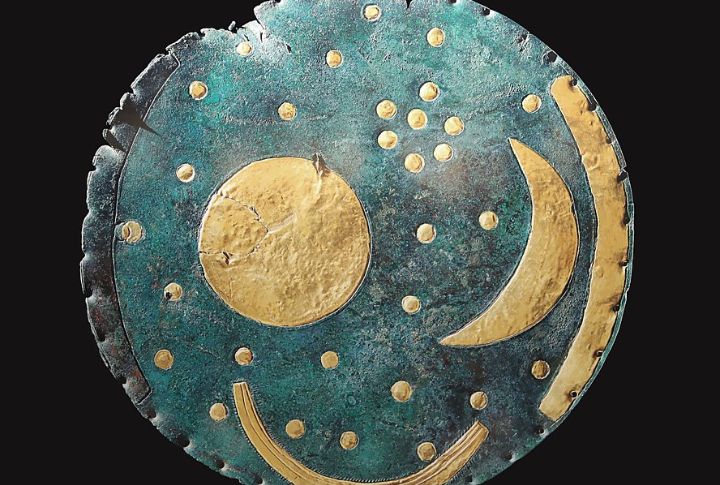
The Nebra Sky Disc, a bronze artifact discovered in Germany, dates back to around 1600 BCE. It features gold inlays representing the sun, moon, and stars, believed to be one of the earliest representations of the cosmos. This artifact provides insights into the astronomical knowledge of prehistoric Europeans and their understanding of celestial events.
The Crystal Skulls

These mysterious skulls, made from quartz crystal, have sparked intrigue and speculation since their discovery in the 19th century. Often associated with Mesoamerican cultures, their origins are debated, with many believing they are modern forgeries. Nevertheless, they continue to capture the imagination of those fascinated by ancient civilizations and their supposed mystical properties.
The Quipu
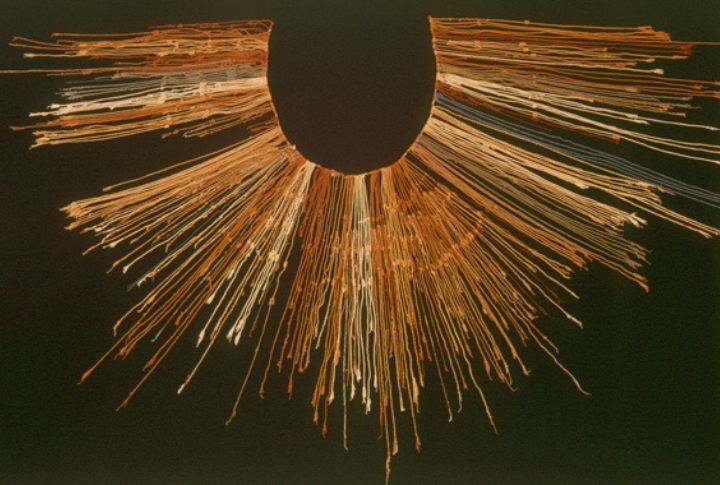
Used by the Inca civilization, the Quipu is a system of knotted strings that served as a record-keeping tool. Dating back to the 15th century, Quipus were used for accounting and communication, reflecting the sophisticated administrative practices of the Inca Empire. They provide valuable insights into the culture and history of this remarkable civilization.
The Sumerian King List
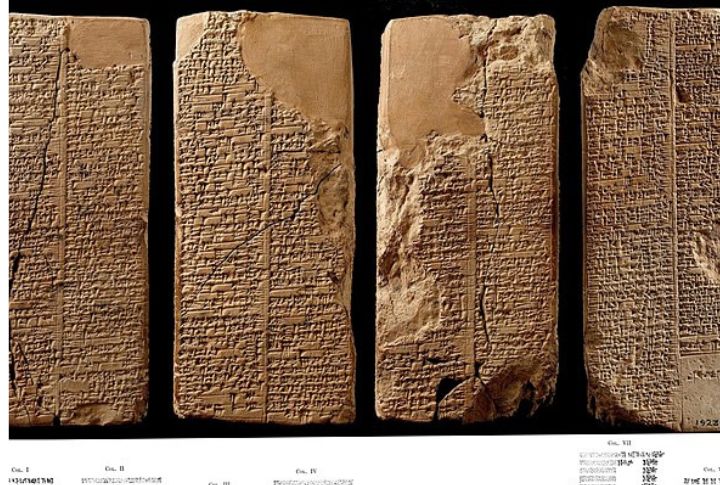
This ancient manuscript, dating back to around 2100 BCE, lists the kings of Sumer and their reigns. It provides a historical record of the early dynastic period in Mesopotamia and offers insights into ancient Sumer’s political structure and mythology. The list is important for understanding the chronology of early civilizations in the region.

